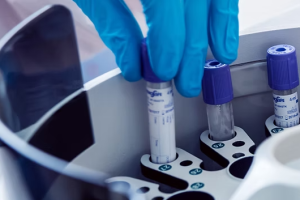AECOM develops system for identifying Legionella threat

THE MANCHESTER office of consulting engineers AECOM has developed a system for helping large organisations to minimise the threat of an outbreak of Legionnaire’s Disease.
The firm said that the disease is caused by the presence of the Legionella bacterium which an be found in large central air-conditioning systems, hot-water systems, fountains and swimming pools. The bacterium spreads as an aerosol up to 6km away from its source.
AECOM has been working at the University of Liverpool to develop a spreadsheet package which identifies installations across its estate in terms of the potential risk of developing Legionella infections. Drawings of each installation accompany a costed risk analysis which has allowed the university to identify and eliminate the highest risk areas as well as providing a full understanding of the capital cost implications of remediation.
AECOM said that the system developed for the university could be applied to other higher education institutions, hospitals and any other group of buildings where it might be difficult to assess the likelihood of a Legionella infection.
Steve Daynes, regional director at AECOM, said: “An outbreak of Legionnaire’s Disease is one of an estate manager’s worst fears.
“We have developed a practical and cost effective tool to minimise the risks of an outbreak happening and have proven its effectiveness in real working environments.”








